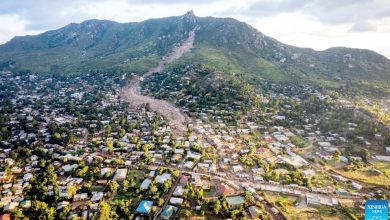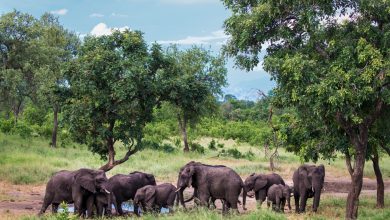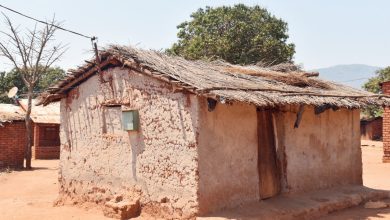Malawi goes thirsty as temperatures rise
In Dame Village, fetching water is a daily struggle.
Every morning, Nasimita Lingilirani, 45, join sa procession of weary women and children with buckets, jerry cans and fading hope.
They march to the village’s only borehole, praying it still has some drops to give. On many days, it does not.
“When it dries, we have no choice but to scoop some from shallow wells,” she says. “But the murky water makes us sick. Still, what else can we do? Without it, we die.”
For the village, this is about survival as climate change has left families across Africa thirsting not only for water, but also dignity, health and food.
Fields lie barren, livestock waste away and hunger persists in overstretched poor communities.
The State of Africa’s Environment, a report by investigative journalists commissioned by Down To Earth and the Centre for Science and Environment (CSE), shows the water stress faced by communities like Dame is Africa’s deadliest climate crisis in over a decade.

The think-tanks released their findings at a meeting with communicators and journalists convened by Ethiopia’s Alliance for Science and Kenya’s Media for Environment, Science, Health and Agriculture
reach for those in need.
Despite these challenges, African nations are rolling out strategies to adapt and mitigate climate impacts.
The fightback range from net-zero emission commitments to harnessing indigenous knowledge against droughts and extreme weather.
The new report bills 2024 the warmest year on record for Africa, with persistent heatwaves.
“The period between 2021 and 2025 has been the most devastating five-year stretch in terms of human toll from weather, climate and water-related disasters,” it reads.
Beyond deaths, rising global temperatures are projected to displace up to 700 million Africans by 2030 and agriculture—the continent’s lifeline—has already shrunk by 18 percent with new pests and diseases on rampage.
In 2023, malaria transmission surged by 125 percent on the continent, leaving an additional 147 million to 171 million people exposed by 2030.
“It is unjust. Africa did not create this crisis, yet it bears its heaviest burdens. Our response must be rooted in equity, dignity and justice,” says Rita Bissoonauth, director of Unesco Liaison Office to the African Union and UN Comission for Africa.
Back in Malawi, cholera outbreaks persist as dry boreholes push families to unsafe water sources.
“Cholera is everywhere now because of the water crisis. We have lost many people, and government needs to act swiftly,” says National Youth Network on Climate Change programme manager Clement Makuwa.
Regional leaders echo the warnings. Negus Lemma, deputy director general of Ethiopia’s Environmental Protection Authority, notes that floods and droughts are shredding Africa’s agricultural backbone.
“Rising temperatures and changing rainfall patterns are destroying crops, eroding livelihoods and wrecking infrastructure,” he warns.
Yet behind these grim forecasts, the crisis wears a woman’s face.
In Dame Village, Nasimita’s cracked hands grip an empty bucket, putting a human face to the alarming science.
For poor communities like hers, the climate crisis is not just about rising heat or erratic rainfall, but lives yearning for elusive safe water and crop harvests that never arrive.
For Nasimita, the next day brings more of the same: Another long walk, dry borehole and hide-and-seek with looming cholera, which spreads and kills fast if not treated on time





